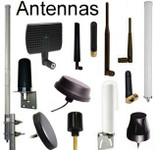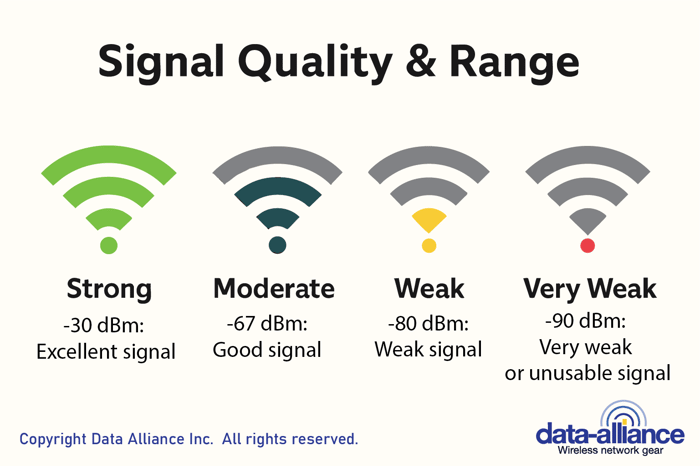Antennas, Antenna Cables, Wireless Products: Technical Articles
RSSI & Antenna Performance and IoT Wireless Applications
Table of Contents
- RSSI (Received Signal Strength Indicator) is a measurement of the power level of a received radio signal
- Examples of Usage
- RSSI (Received Signal Strength Indicator) plays a critical role in the performance of antennas and IoT wireless applications
- Example Use Cases in IoT Wireless Antenna Systems
- Signal Optimization Through Software Configuration
- Hardware Enhancements
- Monitoring & Feedback Loop
- Conclusion
- FAQs
RSSI & Antennas
FAQs
What is RSSI and why is it important?
RSSI (Received Signal Strength Indicator) measures the power of a received radio signal, helping assess connection quality, range, and network stability in wireless systems.
How is RSSI measured?
RSSI is usually expressed in dBm (decibel-milliwatts), often as a negative number. Some devices may report it as raw values (e.g., 0–255), depending on hardware or software.
What RSSI values indicate good or bad signal strength?
- -30 dBm: Excellent (very strong)
- -67 dBm: Good (works for most uses)
- -80 dBm: Weak (may be unstable)
- -90 dBm: Very weak or unusable
How does RSSI relate to antennas?
RSSI reflects how effectively an antenna receives a signal. Antenna gain, type (directional vs. omnidirectional), and positioning all directly influence RSSI.
How is RSSI used in IoT applications?
In IoT systems, RSSI helps monitor connectivity, optimize antenna placement, improve power efficiency, map coverage areas, and guide mesh network routing.
What tools can be used to measure RSSI?
RSSI can be measured using built-in device commands (e.g., Wi-Fi iwconfig, LoRa AT+RSSI?), software analyzers (Wireshark, NetSpot, nRF Connect), or specialized RF tools like spectrum analyzers and signal meters.
How can RSSI be improved?
Improving RSSI involves optimizing antenna selection, placement, and orientation, reducing interference, adjusting transmission power, and in some cases using amplifiers, high-quality cables, or antenna arrays.
Why is RSSI critical for IoT devices and wireless networks?
Because IoT devices often operate in interference-prone environments, monitoring and optimizing RSSI ensures reliable communication, efficient power use, and broader coverage.









